
All categories
Featured selections
Trade Assurance
Buyer Central
Help Center
Get the app
Become a supplier

(28 products available)







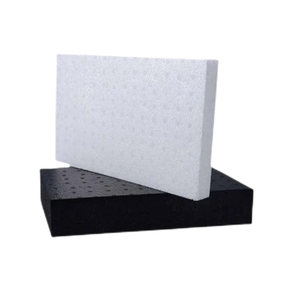
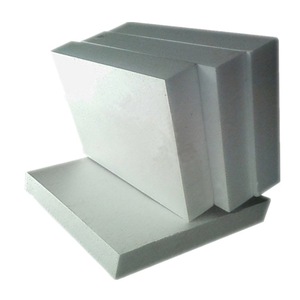


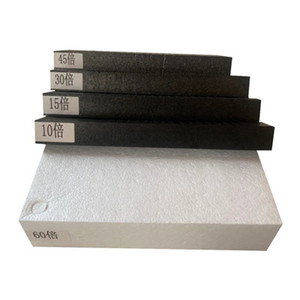










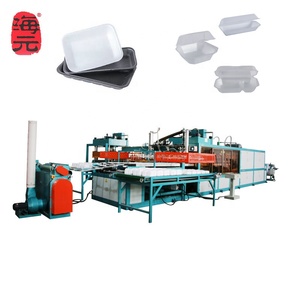



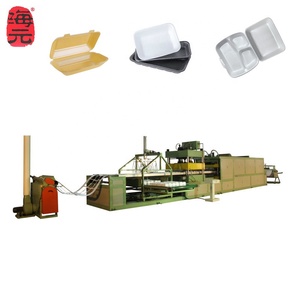











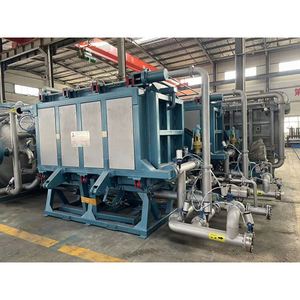




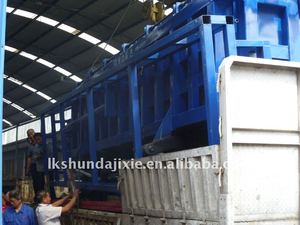


Isopor EPS is a lightweight, durable, and versatile material. Expanded Polystyrene (EPS) foam is commonly known as Isopor. It is packaging products, construction materials, and other uses. Isopor works for various applications due to its excellent insulation properties.
Isopor comes in different types designed for specific applications. Some of them are as follows:
White EPS
White EPS is the most commonly used type. It has small beads and a white color. It is widely used in construction and packaging because of its cost-effectiveness. White EPS is also known as isopor eps.
Gray EPS
Gray EPS has black beads. The beads are graphite additives. The graphite gives it a gray color. This type of EPS has better insulation. It has added materials that improve thermal conductivity. The improved thermal conductivity makes it denser and lighter than White EPS. The weight reduction makes it easier to handle and transport. The improved insulation property reduces energy loss. It is mainly used in construction projects where energy efficiency is paramount.
Coated EPS
Coated EPS has a protective layer. The coating is made from cement, polymer, or other materials. The coating adds durability and moisture resistance. The coatings are usually selected based on the application requirements. Coated EPS is ideal for applications needing extra protection from impact or weather elements.
Non-Expandable EPS
This type of EPS is a pre-expanded foam. It is known for its high compressive strength and stability. Non-expandable EPS is not suitable for those applications needing lightweight and insulation properties. Its stability makes it a good choice for packaging heavy products.
Conductive EPS
Conductive EPS is specially designed for specific applications. It is embedded with conductive materials like carbon black. The conductivity allows electrostatic discharge. Conductive EPS is used for packaging electronic components. The electrostatic discharge prevents electronic items from getting electrostatic discharge.
Specialized EPS
This type of Isopor EPS is engineered for specific applications. It includes reinforced EPS with added materials for impact resistance. There are also fire-resistant EPS foams with reduced thermal conductivity. The application-specific designs optimize performance for particular uses. Specialized EPS minimizes environmental impacts by using recyclable materials.
Expanded polystyrene (EPS) foam, commonly known as isopor EPS, is a lightweight, rigid plastic foam material. It is used for insulation and packaging. Isopor EPS is made from styrene, a petroleum-based liquid. The features of Isopor EPS include:
Expanded polystyrene (EPS) foam has several applications across different industries. Its lightweight, insulating, and cost-effective features make it popular in construction, packaging, and product manufacturing.
Construction and Building:
Insulation:
Isopor EPS acts as a thermal insulator and is used in walls, roofs, and foundations to regulate indoor temperatures and reduce energy costs. Its insulation properties are beneficial in keeping buildings warm in the winter and cool in the summer.
Structural Elements:
The foam is used to create lightweight, reinforced concrete elements like slabs, beams, and infill walls, reducing the overall structure weight and improving thermal efficiency.
Void Fillers:
EPS isopor is utilized as a void filler in groundworks to create a stable platform under structures and reduce the risk of settlement.
Packaging
Protective Packaging:
Isopor EPS packaging provides cushioning for fragile items during shipping and handling. Its lightweight and shock-absorbing properties protect electronics, glassware, and perishable goods from impacts and vibrations.
Insulated Containers:
EPS packaging creates insulated containers for perishable shipments, maintaining temperature-sensitive items like pharmaceuticals and fresh seafood during transit.
Manufacturing
EPS Molds:
Expanded polystyrene is used to create molds for casting concrete, fiberglass, and other materials. The molds are lightweight and easy to handle, producing intricate shapes with high precision.
Product Components:
Isopor EPS is utilized in creating product parts like automotive interior panels, lightweight structural components, and insulation boards.
Recreational Products
EPS isopor is used in the manufacturing of various recreational products. These include:
Water Sports Equipment:
EPS isopor is utilized in the construction of lightweight and buoyant water sports products, including kayaks, canoes, surfboards, and paddle boards.
Leisure and Outdoor Gear:
The foam is used to manufacture outdoor insulated products, including lightweight insulated coolers, fishing lockers, camping lockers, and insulated bags.
Infrastructure
Geo-Technical Applications:
Isopor EPS is utilized as lightweight fill materials in road and railway construction over soft soil and unstable grounds to minimize settlements and improve stability.
Retaining Walls and Embankments:
The foam is used in the construction of lightweight retaining walls and embankments to reduce lateral pressure on soil and water.
When choosing the right EPS (Expanded Polystyrene) isopor, contractors and architects should consider factors such as product density, thermal insulation properties, fire resistance, environmental impact, and cost.
Below is a detailed explanation of the factors to consider when choosing isopor EPS:
Density
The density of the EPS isopor is directly related to its strength and application. For example, a higher-density isopor EPS, such as 20kg/m3 to 30kg/m3, is suitable for applications like load-bearing walls, structural panels, and roofs. In contrast, lower-density EPS isopor, such as 8kg/m3 to 15kg/m3, is used for thermal insulation, non-load-bearing walls, and interior partitions.
Thermal insulation
Thermal conductivity (K value) is a key factor in determining the insulation efficiency of EPS isopor. Lower K values indicate better thermal insulation. Therefore, selecting a grade of EPS with a lower K value is crucial to ensure optimal thermal insulation for the building project.
Fire resistance
Building codes require specific fire resistance levels for different applications. This isopor EPS can be treated with fire retardant chemicals to achieve varying levels of fire resistance. When choosing the isopor, consider the required fire resistance level to comply with the project’s building code.
Environmental impact
Choose an isopor EPS that is environmentally friendly. Some types of isopor EPS, such as those manufactured with water-blown technology, have lower environmental impacts. Others, like the recycled polystyrene option, are made from post-consumer or industrial recycled materials.
Cost
While not the least important factor, cost should be considered when choosing isopor EPS. Higher-density EPS with superior properties may have a higher cost. Nonetheless, its long-term benefits, such as durability and energy efficiency, can outweigh the initial investment.
Q: What are EPS isopor bricks?
A: EPS isopor bricks are polystyrene foam bricks that have been cut into specific sizes and shapes. The bricks are commonly used for constructing walls and foundations. EPS isopor bricks offer an alternative to traditional masonry bricks.
Q: What are the disadvantages of EPS isopor?
A: Expanded polystyrene (EPS) isopor has a low resistance to fire. The isopor can easily catch and will burn rapidly from heat sources. EPS isopor also has low structural integrity when not treated or reinforced. The material can easily be compressed or deformed under pressure. Lastly, isopor has a high thermal conductivity when compared to other types of isopor.
Q: What are the three types of isopor?
A: The three types of isopor are as follows: Expanded Polystyrene (EPS) - isopor is lightweight, cost-effective, and has good insulation properties. It is commonly used in packaging, insulation, and disposable containers. Extruded Polystyrene (XPS) - isopor has a denser structure, better insulation values, and higher compressive strength. It is used in applications requiring moisture resistance, such as below-grade insulation. Neopolen - This is a type of isopor that is made from polypropylene instead of polystyrene. It is known for its flexibility, durability, and lightweight properties. Neopolen is used in specialized applications such as automotive components and soft-shell luggage.
Q: What are the applications of isopor?
A: Isopor has a wide range of applications, including: Packaging - isopor is used to create protective packaging for fragile items, electronics, appliances, and perishable goods. Insulation - isopor is used as insulation panels in buildings, roofs, and foundations to improve energy efficiency. Construction - isopor is used in construction to create insulated concrete forms (ICFs), road construction (geofoam), and as lightweight fill material for reducing loads on underlying structures. Automotive - isopor is commonly used in the automotive industry to manufacture lightweight interior components, bumpers, and insulation parts. Marine - Isopor is used to manufacture lightweight and insulated containers for shipping perishable goods internationally. It is also used in the construction of lightweight and insulated boats and marine containers.